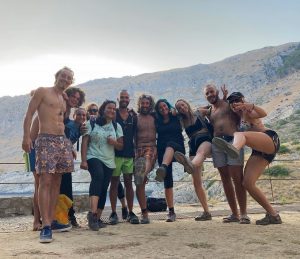Protected Areas in Spain
In 2007, Spanish Law described a Marine Protected Area as a “Designated natural spaces for the protection of ecosystems, communities or biological or geological elements of the marine environment, which due to their rarity, fragility, importance or uniqueness, deserve special protection”.
But, before going through the laws of protection, let’s talk about why Spain needed them. Which kind of resources has Spain that is necessary to protect? What is happening? Why Spain needed a program of protection of its marine habitats?
Spain is situated in the South-East of Europe. It’s limited by the Atlantic Ocean in the West Side, the Cantabrian Sea in the North side and, the Mediterranean sea in the East Part. The position, between Europe and Africa, makes Spain having a big variety of climate zones, ecosystems and geological resources.

Geodiversity is the variety of geological elements (including rocks, minerals, fossils, soils, relief forms, formations and geological units and landscapes) present in a territory and that is the product and record of the evolution of the Earth.
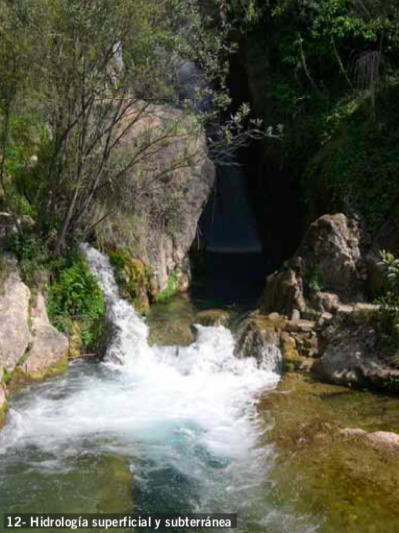
Underground and superficial hydrology 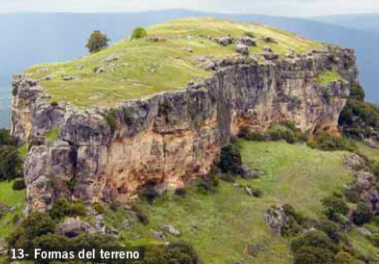
Land shape 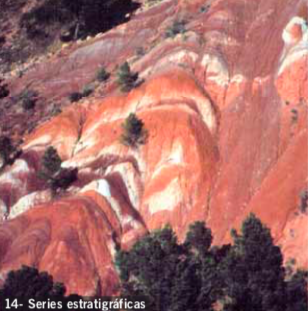
Stratigraphic series 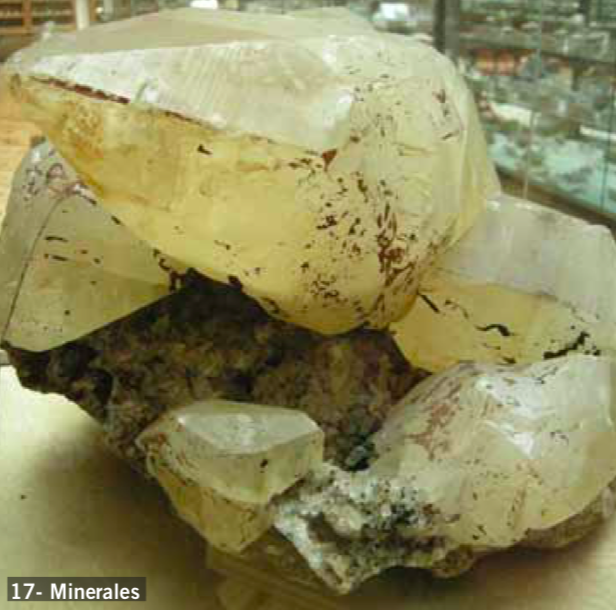
Minerals 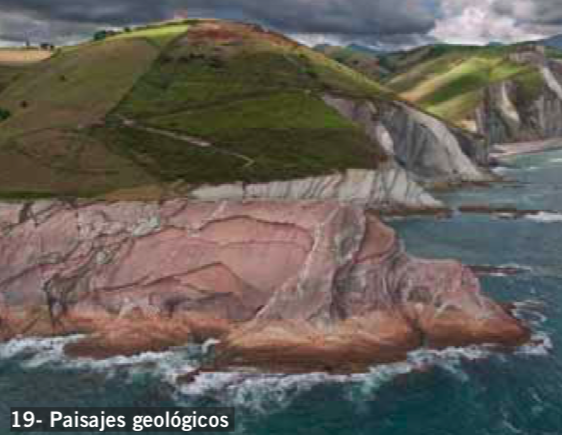
Geological landscapes 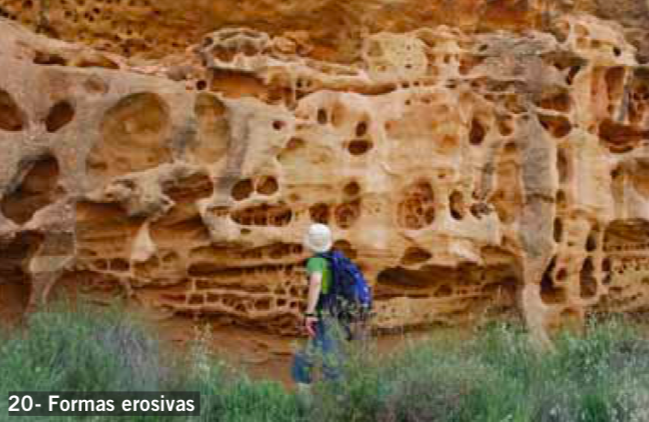
Erosive shape 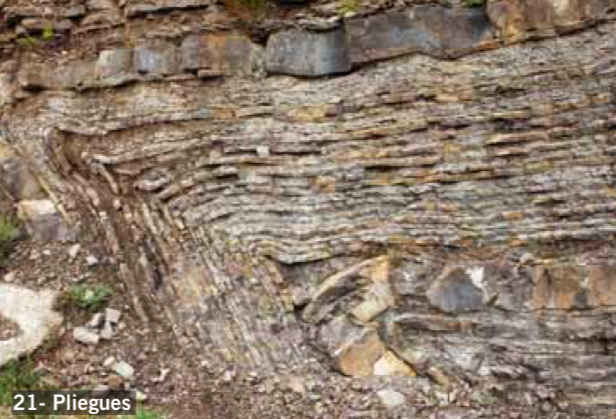
Folds 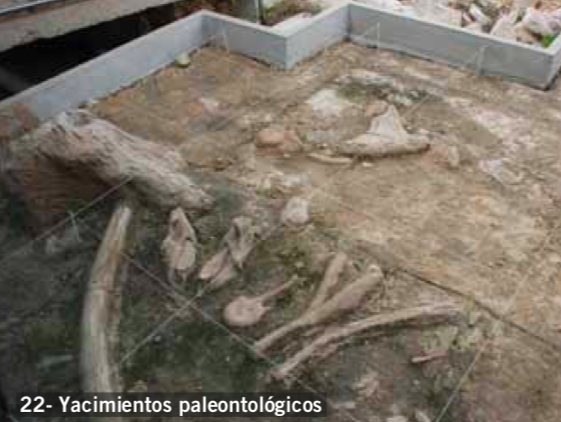
Archeological site 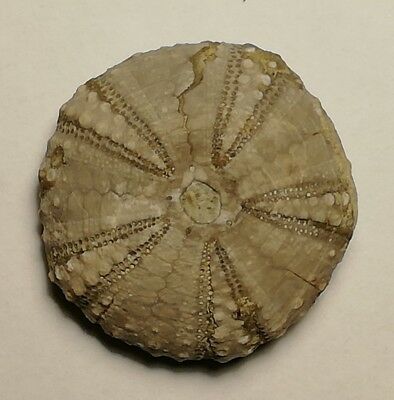
Fossils
All these facts make Spain a place with big biodiversity. In the next pictures, you can see the distribution area of the biggest groups of marine organisms.
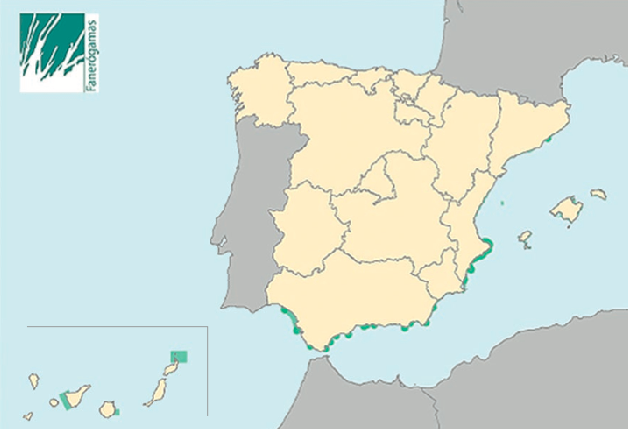
Distribution of Phanerogams 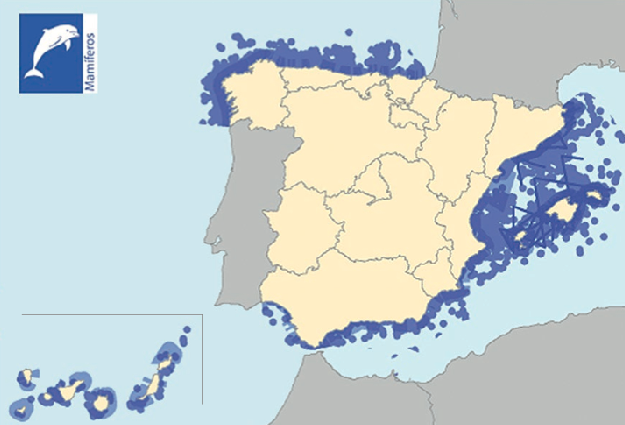
Distribution of Marine Mammals 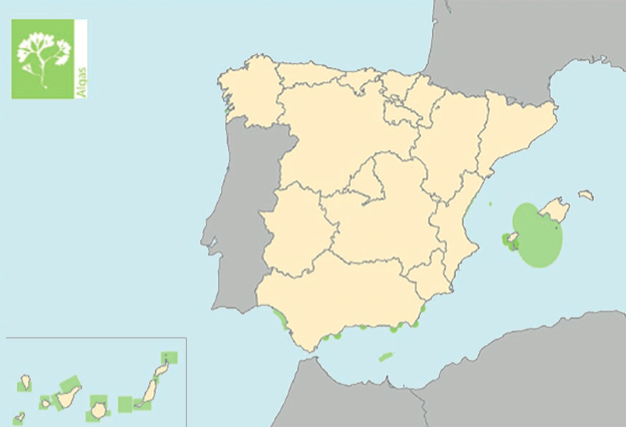
Distribution of Algae 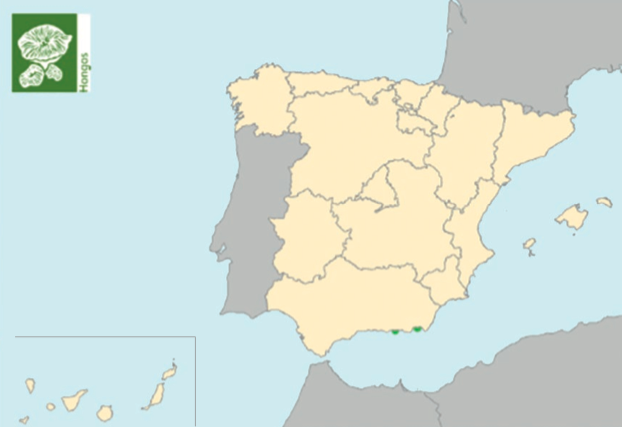
Distribution of Fungus 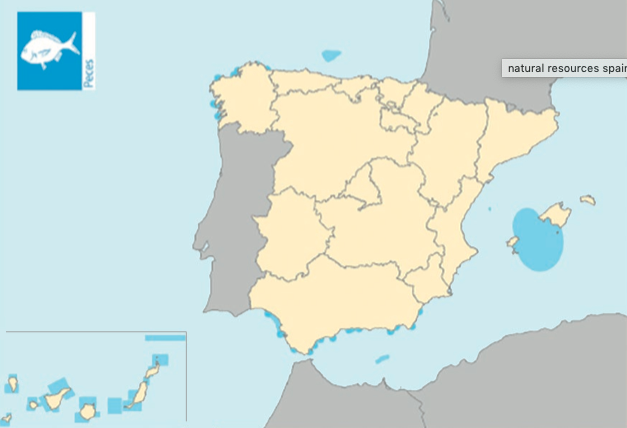
Distribution of Fishes 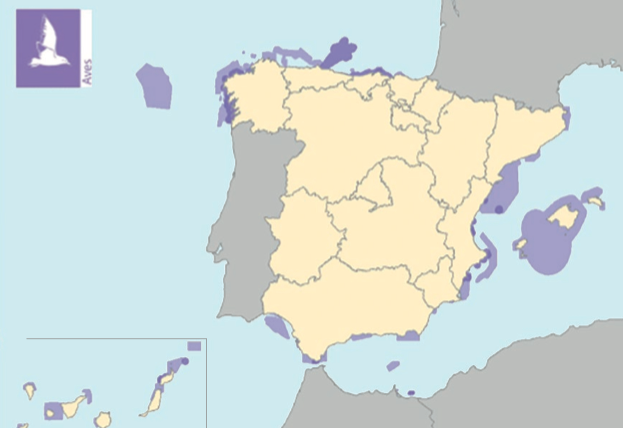
Distribution of Marine Birds 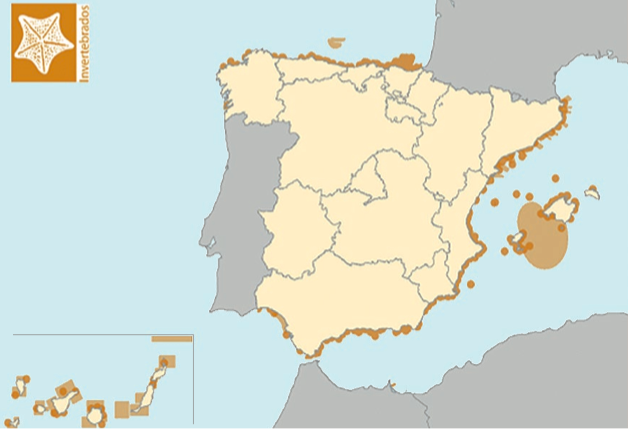
Distribution of Invertebrates 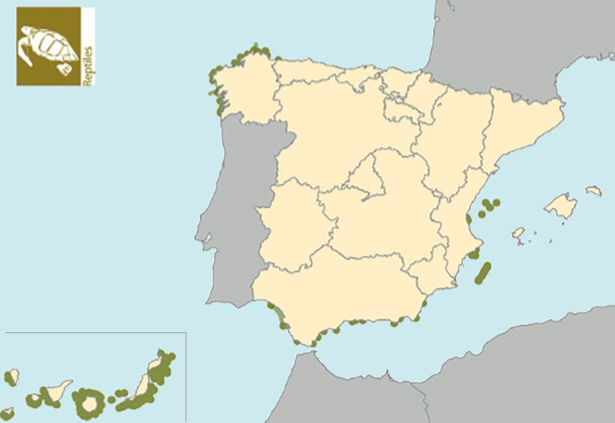
Distribution of Reptile
But, unfortunately, as in almost all parts of the world, all this diversity is affected by several impacts. On one side, there are natural impacts, and the non-natural impacts, that, basically means, human activity over nature. Industry, fishing, pollution (intentionally, unintentionally)… are some of the facts that are destroying and putting in danger our natural resources.
One of the most famous cases occurred on 19 November 2002, when an oil tanker sank off the coast of Galicia, Spain. The sinking caused a major environmental disaster, polluting thousands of miles of coastline with 50,000 tonnes of oil.
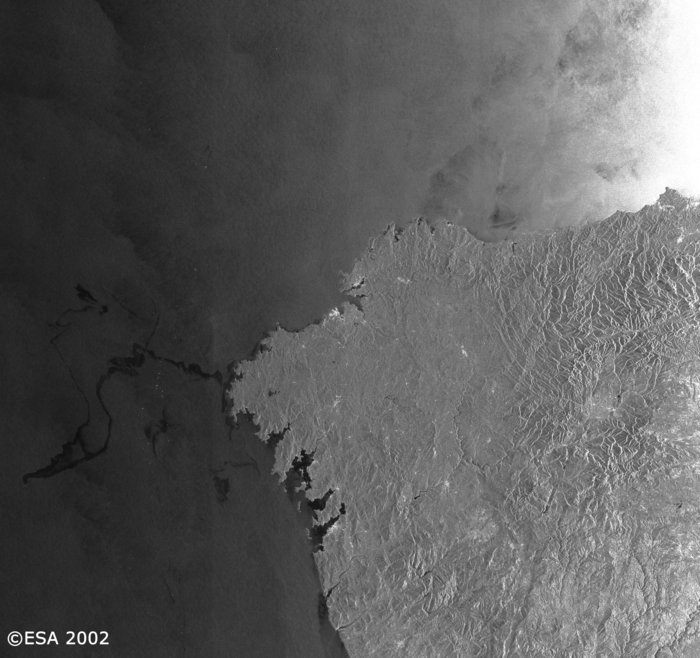
ENVISAT’S ASAR image shows tanker, Prestige, 100 KM from Spanish coast. 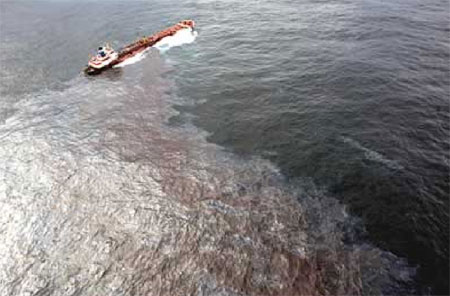
The Prestige releasing tons of fuel
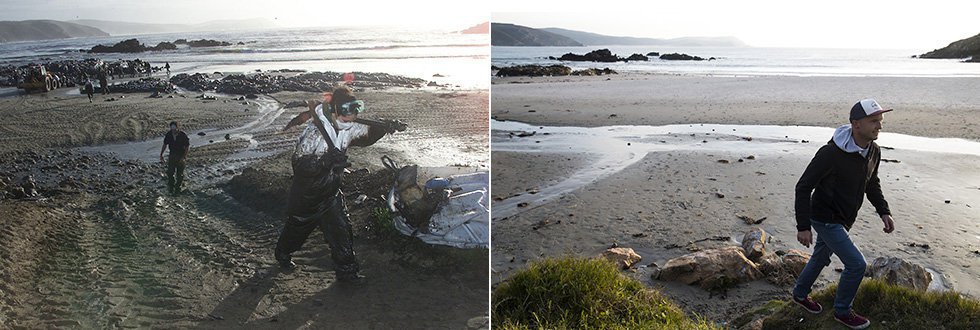
Before/after of the cleaning actions 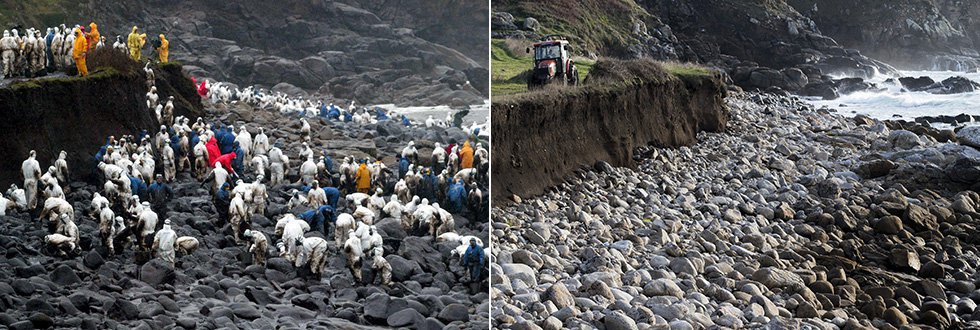
Before/after of the cleaning actions
The figure of “Marine Protected Area” (AMP) was created in Law 42/2007, of December 13, of Natural Heritage and Biodiversity, as one of the classification categories of protected natural spaces (articles 29 and 32). According to Law 42/2007, these are the types of protected areas that are found in Spanish waters:
- The Marine Protected Areas.
- Special Areas of Conservation (SAC) or Sites of Community Importance (SCI), of the Natura
- 2000 Network
- The Special Protection Areas for Birds (ZEPA), of the Natura 2000 Network.
- Areas protected by international instruments: The Specially Protected Areas of
- Importance for the Mediterranean (ZEPIM) .
- The Marine Protected Areas OSPAR.
- The marine reserves of fishing interest of state competition.
- Other protected areas, at the request of the corresponding autonomous community.
Subsequently, Law 41/2010, of December 29, on the protection of the marine environment formally creates RAMPE (Network of Marine Protected Areas of Spain). They regulate and establish the objectives for the marine protection, the natural spaces that we need to protect and the mechanisms for its designation and management. It also specifies the functions that the Ministry of Agriculture and Fisheries, Food and Environment (MAPAMA) carry out in collaboration with RAMPE.
The management of protected areas in Spain usually depends on the regional government, but in the case of marine territories, the management is carried out by the Ministry of the Environment. Spain is the second country in the European Union that contributes the most marine surface to the Natura 2000 Network.
The Network of Marine Protected Areas of Spain was created with four main objectives. These main objectives are:
- Conserve and recover the natural heritage and marine biodiversity.
- Protect and conserve the most representative marine areas in terms of species, habitats and ecology.
- Promote marine ecological corridors.
- Constitute the contribution of the Spanish State to the European and world networks of marine protected areas.
The first Marine Protected Area was El Cachucho, located off the coast of Asturias and declared as AMP in 2011, and which was previously the Special Conservation Area of the Natura 2000 Network and the OSPAR marine area.
But why this area is included as Marine Protected Area?
Geological singularities: It is related to the opening of the Bay of Biscay and the generation of the Cantabrian Mountains. Its morphological position, outside the continental shelf, produces its interaction with the currents generated in the area, identifying sedimentary bodies attached to it (contouritas) whose study could shed light on past and present oceanographic conditions.
Influence of the continental shelf: Presents characteristics very similar to those of the seamounts, but is located only 25 km from the continental shelf of the Cantabrian Sea, separated from it by an internal basin of only 850 m deep. It is, therefore, a mixed ecosystem between the continental slope edge and the seamounts, which is not very common in the continental margin of the European Atlantic.
Special production mechanisms: Its situation makes it be in the area of influence of slope currents described in the Cantabrian Sea. The biomass of the predators is mainly supported by the particulate organic matter (sea snow), through the filtering organisms, and by the important suprabenthic compartment.
High biodiversity: The name “El Cachucho” was the one used by the Asturian fishermen to designate the area and corresponds to Beryx decadactylus (alfonsin, longfinned beryx, red bream, or imperador), a species of commercial interest fishing object in the area. More than 550 species have been identified, among which stand out cold water corals, abyssal fish, stars and unique crustaceans. A dozen new species have been discovered, and the area is often visited by a large number of cetaceans.
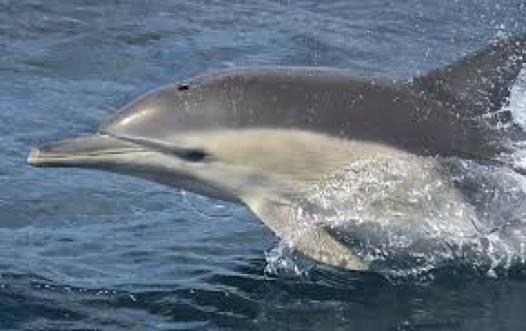
Tursiops truncatus 
Sketch biodiversity 
Geodia megastrella 
Beryx decadactylus 
Caretta caretta 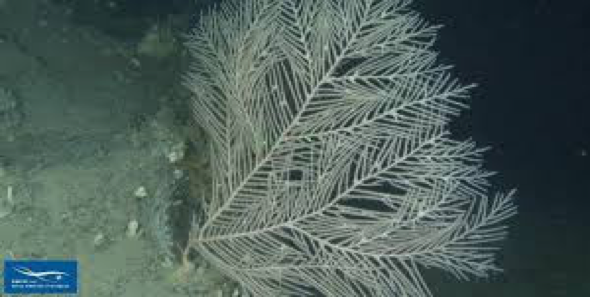
Callogorgia verticillata
Apart from the governmental actions, by applying laws of protection, there is a lot of organisations and projects with the same aim, one very important project is Project Indemares.
For 6 years the LIFE + INDEMARES project has studied deep habitats, pelagic species and marine birds that represent the great biodiversity found in our seas, and has analyzed in turn the uses that humans make of these areas. The objective has been to know the natural and socio-economic values to complete the Natura 2000 Network in the marine environment.
To this end, INDEMARES, co-financed 50% by the European Commission, between 2009 and 2014, has integrated the work of reference institutions in the field of management, research and conservation of the marine environment including sea users. The project has addressed the challenge of deepening knowledge of the marine environment from a multidisciplinary approach that has allowed us to investigate and know the habitats and species that inhabit our seas, to understand the close interaction between man and the sea, while at the same time to know society, in general, the importance of preserving natural resources.
“The sea, the great unifier, is man’s only hope. Now, as never before, the old phrase has a literal meaning: we are all in the same boat.” – Jacques Yves Cousteau, Oceanographer




